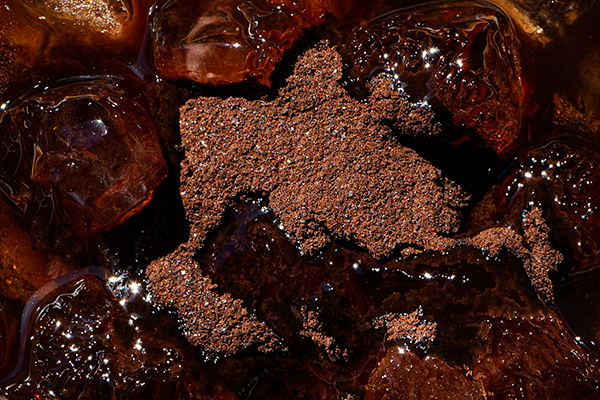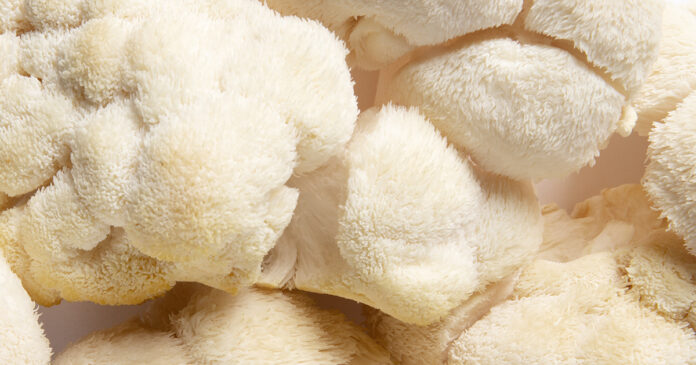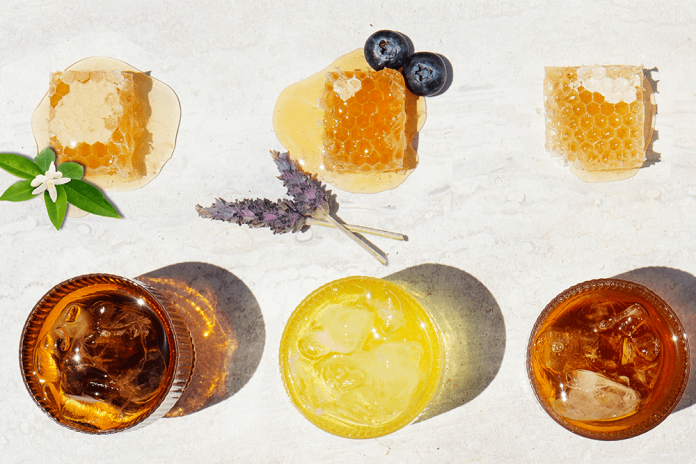Tea is good for your health. But that’s true only if your health is also good for your tea.
Say what? Most of us take it as a given that teas are super healthy… countless studies pepper wellness headlines with their declarations of tea’s ability to cure whatever ails you.
But, to what extent can we actually expect to translate those scientific benefits to our own lives by sipping on tea?
And is there anything we can do to ensure we’re setting ourselves up for maximum benefits?
The aim of this article is to help you understand:
- the in vitro/vivo gap in scientific research
- how bioavailability works
- how to assess the claims and interpretations of scientific research that are dependent on bioavailability
- the need to raise gut health from a minor matter of stomach ache and bloat to a vital wellness factor
Does science really say tea is good for me?
You’ll see articles touting the many benefits of tea (and myriad other substances) cited in the news on a daily basis. But how many of them apply to you?
Look closely enough and you’ll start to notice a gap between the in vitro research that increasingly confirms tea’s beneficial impacts at the molecular and genetic level and the in vivo studies that again and again produce a lack of clear evidence of comparable impacts in people.
You see, “in vitro” (literally “in the glass”) refers to a process performed in a test tube, petri dish or other artificial environments that are isolated from living organisms and wider contexts. In vivo (“in the living”) on the other hand, are tests done on animals and people.
It’s common for an in vitro impact on, say, cells extracted from animal subjects, not to be reproducible in vivo. In other words, what happens in the test tube doesn’t seem to happen in real life.
This is, in fact, a frequent occurrence with announced “miracle” cures, including from tea!
For example, let’s take a reliable study that reports an approximate 40% reduction in biomarkers that indicate oxidation stress – also known as the bad “free radical” cells that can potentially damage your body. (1)
This is in vitro data, and thus, the best approach for us is to consider this as showing the potential health benefits stored up in tea catechins and other compounds.
Why is there a gap between in vitro and in vivo studies?
Two obvious explanatory factors for the gap between lab and life are (1) dosage and (2) tolerance levels.
In other words, unless you’re taking the exact amount and concentration of tea as the study, and unless your body reacts to it the exact same way – you’re unlikely to experience the exact same results.
Other contributing factors are biochemical dynamics, genetics, and biology.
But there are two more dominant barriers to the effective transference of the in vitro potential of tea to in vivo actual effects.
Why should you care? Because if you want to get full impact on wellness from your tea, you should find ways to lower both these roadblocks:
- Bioavailability: How much of an ingested drug, nutrient or therapeutic agent reaches systemic bioactive circulation in the body. (2)
- Digestion: How effectively the body handles all the complicated-beyond-description bacterial and microbial processes from ingestion to excretion, most of which take place in the gut.
Bioavailability: why it matters
Bioavailability refers to what percentage of the nutrients in tea leaves actually gets released and made bioactive in your body.
In the case of green tea, this mostly relates to the antioxidants in catechins. These are a subset of polyphenols, the nutrients found in plants. It’s believed that less than 5% of the catechins originally found in tea leaves make their way to becoming bioactive in your body.
Here’s a frequently cited National Institute of Health conclusion that throws into doubt many of the claims for green tea as a vital medical force: “Oral bioavailability of green tea catechins in human plasma is 5-50 times lower than the level needed to exert biological activities in in vitro systems.” (3)
At the same time, this also reinforces the fundamental point that the in vitro benefits of tea are real and powerful! So how can we get them to apply to real life?
We focus on bioavailability. We focus on getting our tea polyphenols to be more bioavailable so that we can start to slide the scale of potential benefits closer towards those experienced in the lab.
Ok. How the heck do we do that?
Digestion: why it matters
Your digestive tract, also known as your “gut,” is the pipeline from ingestion to excretion.
It’s been said that up to 80% of antioxidants are lost in digestion!
There are also wide individual differences among people, all of which will impact the percentage of ingested nutrients that you actually absorb: pH conditions in the stomach, metabolic rate of “uptake”, digestive instability, genetics, and many other interactive factors.
Gut health: the link between digestion and bioavailability
Surprise – proper digestion is the key to increased bioavailability.
A flourishing gut microbiome with healthy bacteria is better able to draw out and absorb the vital nutrients from the things you ingest.
Without good gut health, you can expect a greater percentage of nutrients to pass through your system without ever being absorbed and used by your body. Bye-bye bioavailability…
This is just one more reason why it is vital to make gut health a priority when it comes to managing your “in vivo” wellness.
What about supplements?
Some manufacturers claim that you can improve bioavailability by taking your nutrients (like green tea catechins) in supplement or extract form. Is there any truth to this?
First off, let’s look at the 3 main ways pharmacokinetics has tried to solve the bioavailability challenges:
- Augment the nutrient: spray drying, liposome extraction, emulsion, and yeast encapsulation.
- Change the delivery system: gel emulsion and plant spore extrines.
- Modify the compounds: a simple example is that processing raw tomatoes into paste improves lycopene bioavailability. (In vitro studies show lycopene to improve heart health.)
Here’s the catch. Will you really enjoy your breakfast green tea extract supplement?
Many bioavailable improvements come from adding grapefruit juice, ascorbic acid and black pepper. Your microbiome loves them. Your taste buds may not. And if they don’t – are you really likely to continue taking them with the frequency required to see benefits?
So which do you choose?
Whole leaf tea that tastes lovely but doesn’t get processed fully in your digestive pipeline? Or pills that exclude tea’s naturally-occurring mind-, mood- and body-stimulants that add dimensions of benefit to your gut health.
Truthfully, if your gut health is iffy, it won’t make much difference either way.
And, no, neither option will make you automatically lose weight. That’s an in vitro phenomenon.
Does it matter which tea I choose?
You bet. See, now we know that a certain percentage of tea leaf antioxidants will be lost before being absorbed by your body.
It makes sense, then, that if we start with a tea that has a higher level of antioxidants, we’re more likely to digest and absorb a higher amount of those antioxidants – even after accounting for the percentage lost due to the constraints of bioavailability.
How do you find a tea with a higher level of antioxidants? Do your research.
Factors such as how the tea leaves were grown (organic is best), when the tea leaves were harvested (first flush is best), how they were processed (minimal heat is best), how they were brewed (not too hot is best) and many more all impact the amount of antioxidants actually swimming in your cup of tea.
Write to your favorite tea companies and ask if they have polyphenol information. (Pique Tea includes polyphenol amounts – independently tested and verified – on the back of every box.)
Is drinking tea still worthwhile?
You mean besides the delightful ritual and taste? Yes!
The constraints of bioavailability are real. But there are still many examples of tea providing benefits despite the constraint. (4)
Black tea polyphenols are metabolized into flavonols and theaflavins that provide their own benefits via enzymes, amino acids, and tannins. Oolong teas show some marked impact on disrupting molecular and genetic RNA signaling pathways in support of cellular health.
And in vivo studies show distinctive lifetime impacts of tea, especially among women, where it is a powerful proven contributor to their bone health and cognitive acuity in aging. (4)
Final Thoughts
Now that you have a better understanding of both bioavailability and how to assess the claims of scientific research, we hope you feel armed with the ability to get more wellness out of your tea.
If you’re just sitting back and expecting mere tea-sipping to bring you flourishing health, you might be disappointed.
But if you acknowledge your own contribution to the process – by starting out with high-quality tea and working to improve your gut health so as to improve digestion and bioavailability – well, then you just might start to realize the potential benefits stored inside tea leaves.






